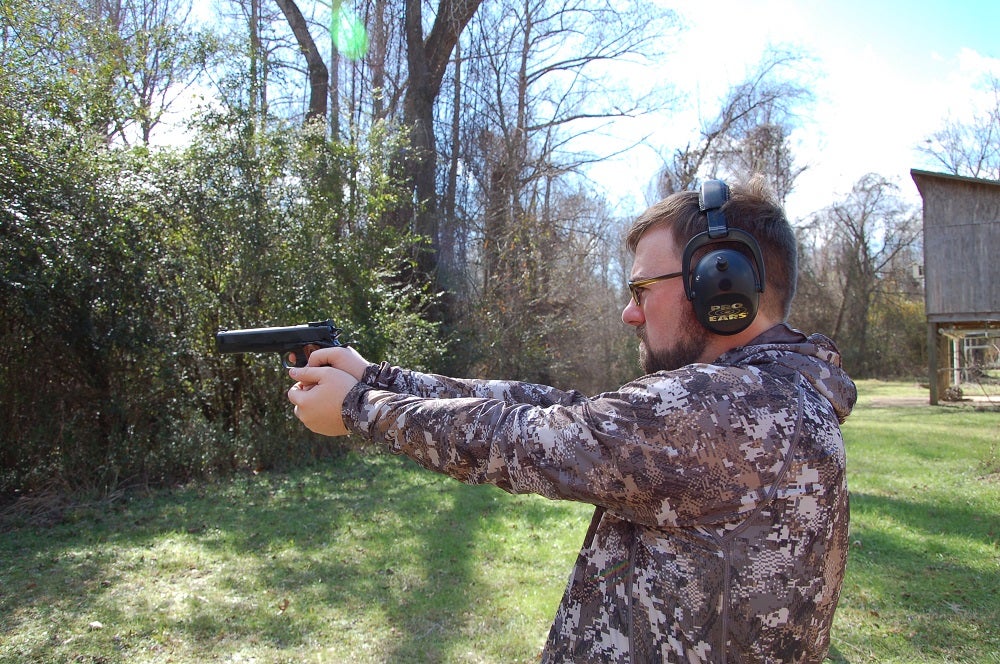The Double Tap
Dr. John Woods 09.19.17

It has often been reported that the defensive (or indeed, offensive) handgun shooting technique referred to as the double tap is widely misunderstood. This is understandable from a pistol shooting training point of view, since executing the effective double tap is considerably more difficult that just pulling the trigger twice.
The technique done properly and correctly is to gain a sight picture upon the intended target, then to fire an initial round, regain the control of the recoiling firearm, get back on target again, affixing the sight picture once more and then shooting a second round. As a last but often forgotten step, the sight picture is acquired once again as a part of proper follow-through. Of course, all this is done rather instantaneously, without pause or hesitation. But why?
The concept of the double tap is rather a sort of insurance policy insuring the target is fully dispatched or completely incapacitated with a more solid guarantee of the stoppage of the aggressive threat. Examples for this necessity might be in theory a highly agitated threat that is hyped on drugs or just outright meanness or perhaps a threat that is oversized, drunk, or turning into a zombie, or otherwise armed and dangerous. The idea is to end this actionable threat as quickly as possible. As they say, two shots are (ought to be) better than one.
The confusion on the part of some enters on the discussion of the sight picture, but also it is about trigger control, muzzle control, and repeatability of the shooting action. In particular, the two shots taken in a double tap tactic consists of three sight pictures (again, the last one is for follow-through purposes), not one. In shooting a handgun, each shot is actually taken as a separate sight picture on the target. To be effective then, each sight picture needs to be as precisely framed as possible.
This can be easier said than done, because once the initial shot causes the handgun to recoil, raising the muzzle above the barrel’s sight plane then the sight picture is disrupted or lost altogether. Then it behooves the shooter to get the sights back on the target in a nano second in preparation for the follow up shot, which executes the double tap. Boom-boom.
Double taps at defensive ranges of under 10 yards, or more likely at 5-7 (or even three) yards is quite fun to practice. For close in ranges of man-to-man confrontations the sight may be just down the barrel or slide without actual use of the gun’s sights. This becomes instinctive point and shoot. Try it on paper just to visualize how the two shots will likely print well apart. With practice, the idea is to close the shots within the target’s vitals.